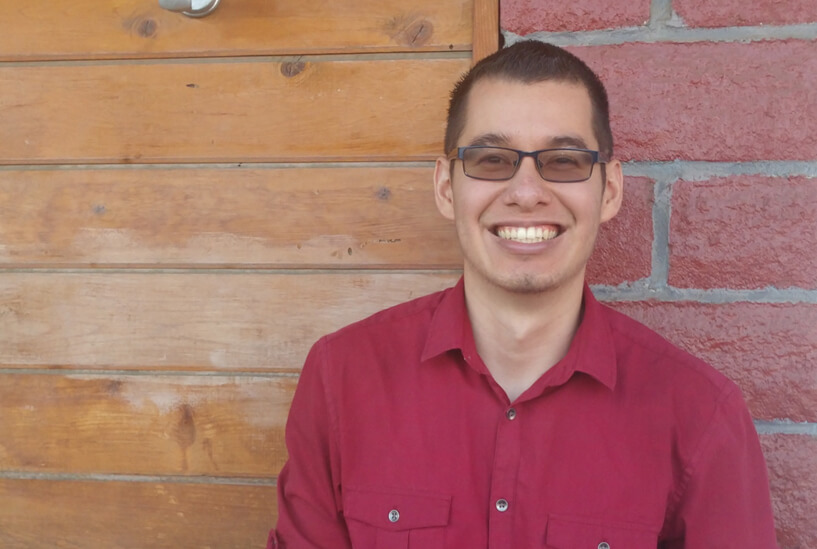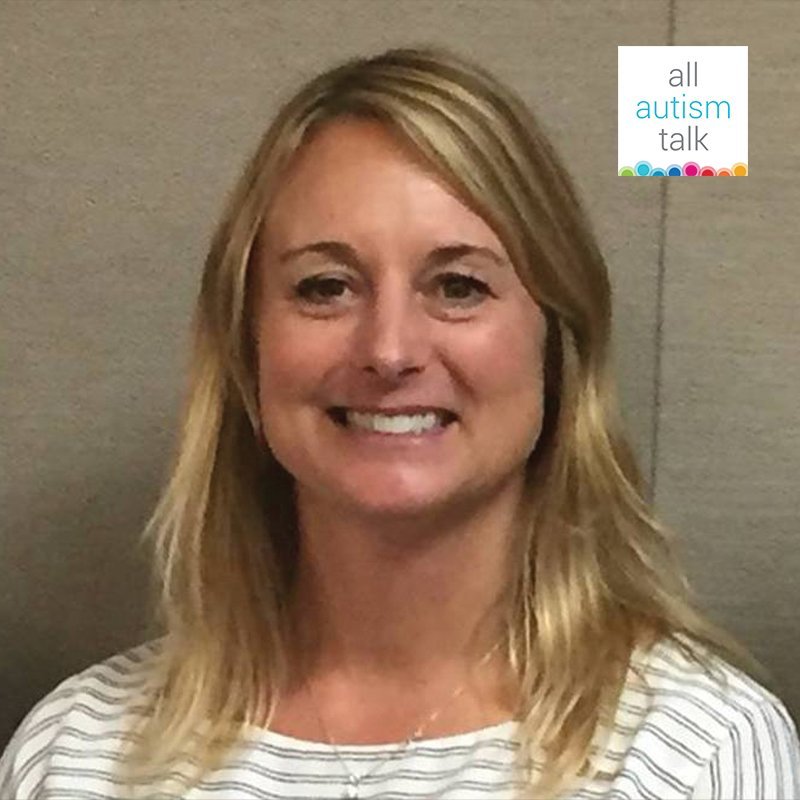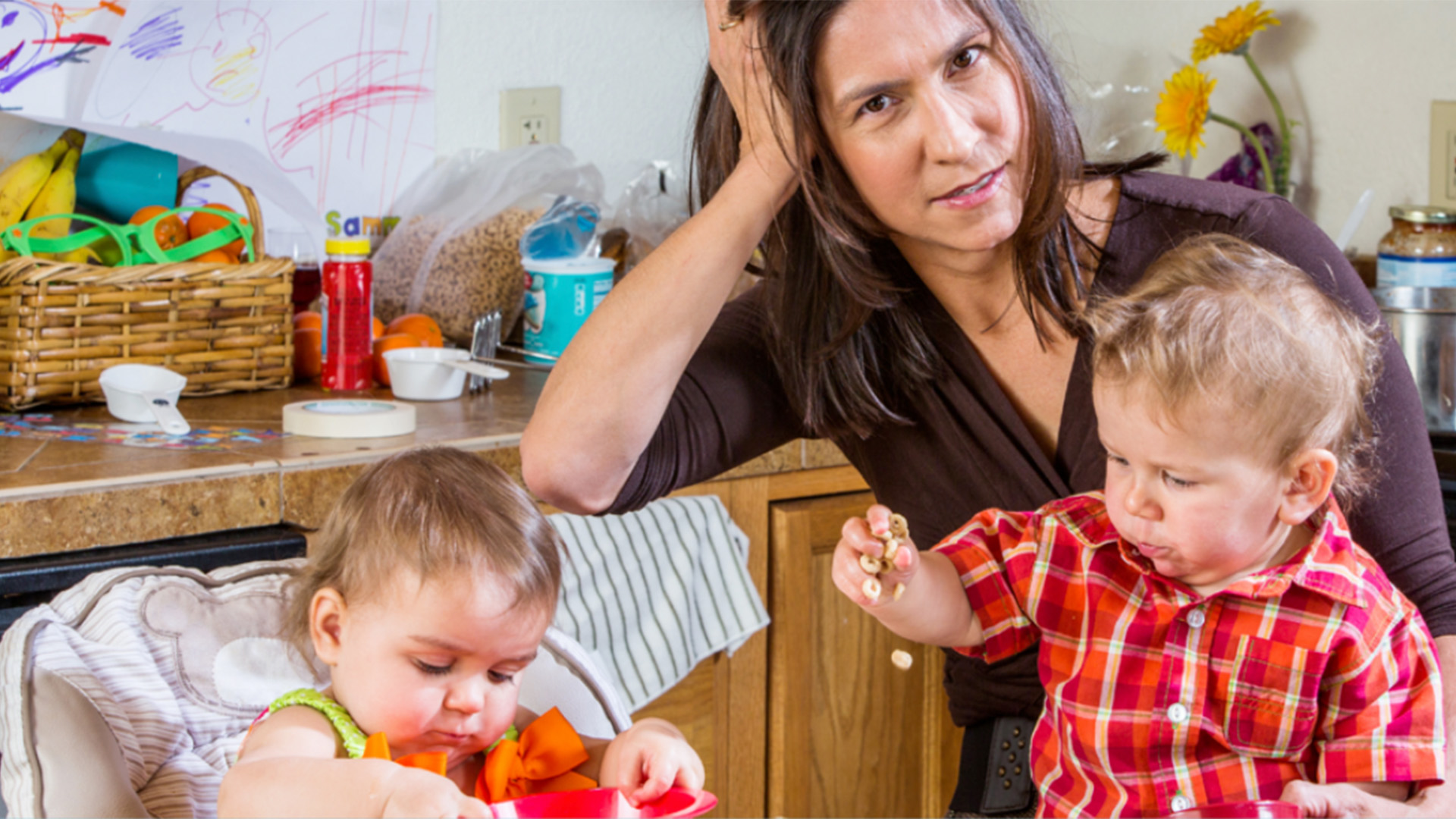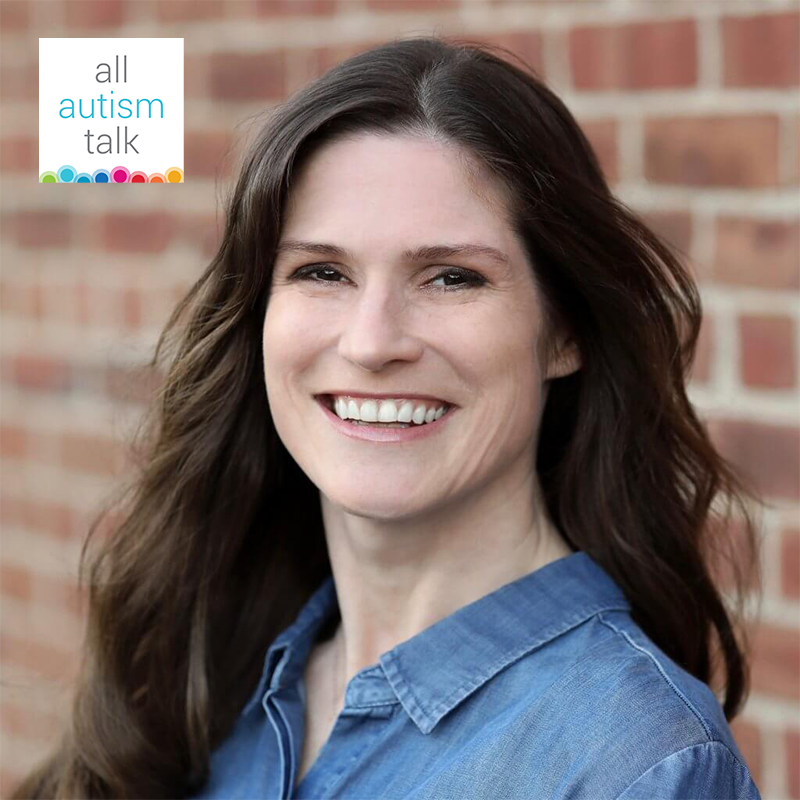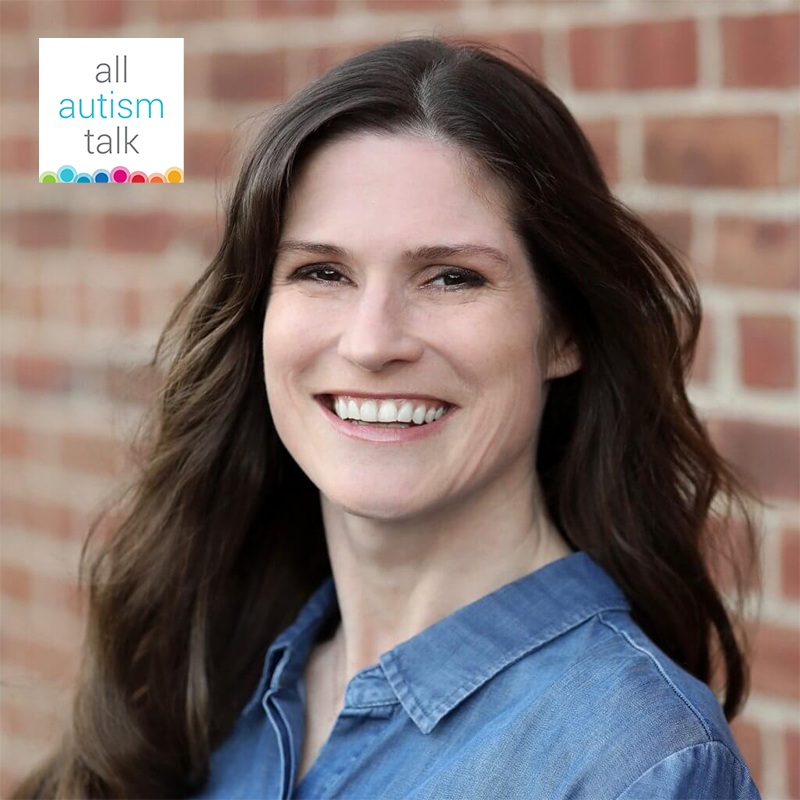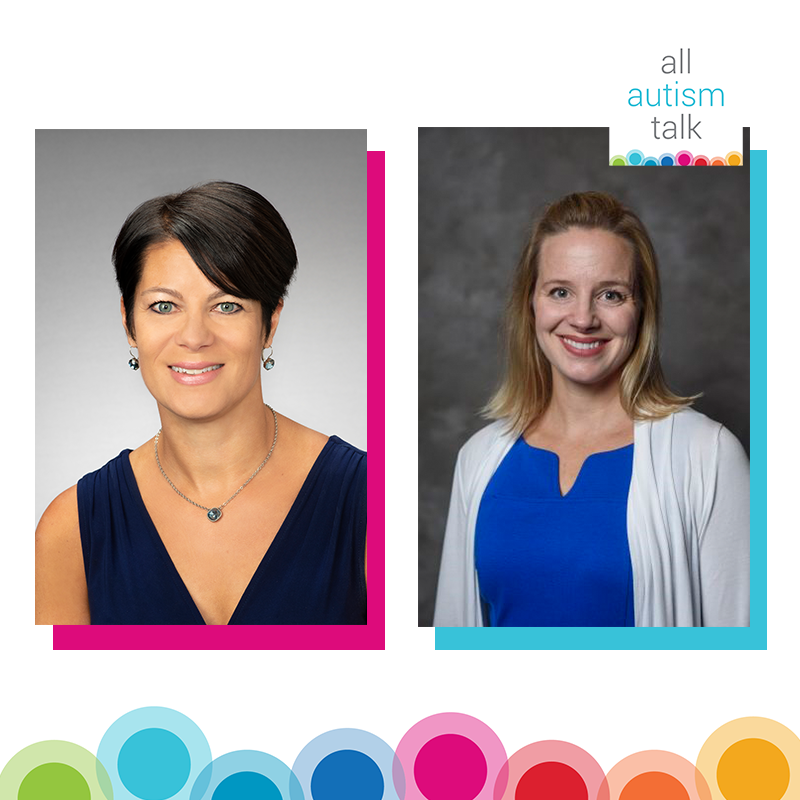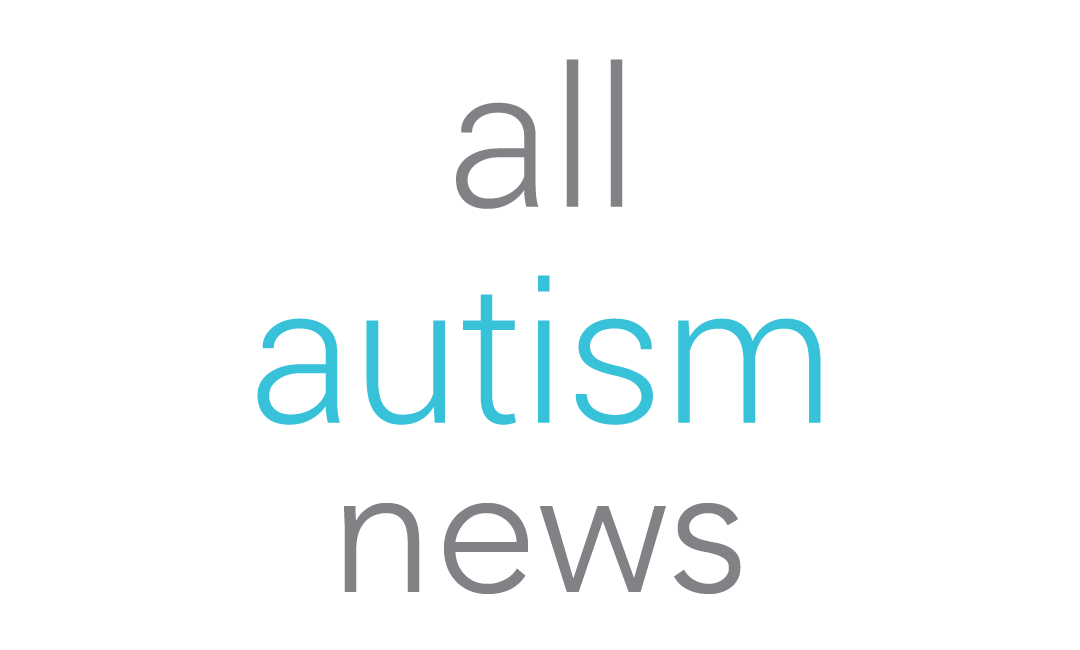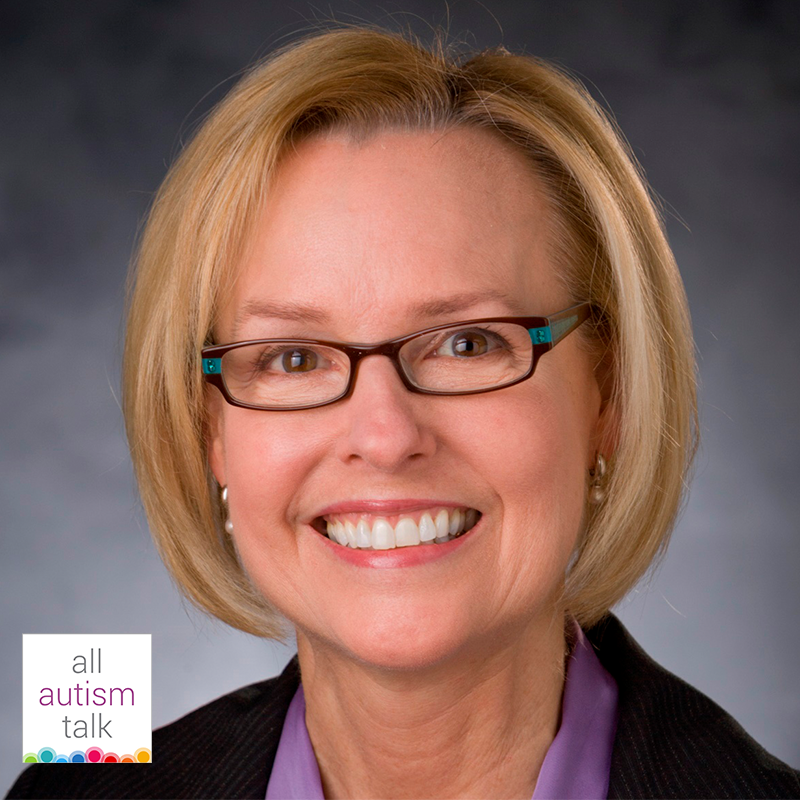Spotlight on Diversity in ABA: An Interview with Joshua Polanco
FEATURED POSTS
April 21, 2025
A board certified behavior analyst (BCBA), managing technician, at LEARN’s Autism Spectrum Therapies (AST) in California’s Inland Empire region, Joshua Polanco provides supervision and behavioral intervention plans for clients in need of ABA services. He earned a master’s degree in psychology and ventured into ABA because he wanted to use that degree in a more direct and meaningful way. He’s also legally blind.
Here, he shares stories from his journey and experience working with children and young adults with autism—and his take on the importance of diversity, equity, and inclusion (DEI) in the field of applied behavior analysis (ABA).
Q: WHY DID YOU GET INTO ABA?
A: I was working as a behavioral technician and providing one-to-one services with multiple clients. I was about to quit after the first two weeks of working in the ABA setting because I did not have any experience with children with disabilities and felt like I was not helping my clients. Ironically, the clients and their families are what made me stay. To me, nothing can beat the sensation of knowing you have made a difference in someone’s life, and I have had so many fun experiences that helped me realize the importance of ABA, and how prevalent it is in our everyday lives. All of these experiences are what drove me to continue pursuing ABA to the position where I am now.
Q: WHAT DOES DIVERSITY, EQUITY, AND INCLUSION (DEI) MEAN TO YOU?
A: Everything. I feel these concepts as a whole are very overlooked at times. It’s not only important to have diversity, equity, and inclusion in the workplace but to also recognize the benefits provided when DEI is incorporated into a work environment. In my case, I may be legally blind, but that does not make me useless in a work environment that relies heavily on vision. I am able to continue to make an impact on peoples’ lives through my work and can actually provide a different perspective and understanding when helping clients or co-workers because of my loss of vision.
Q: IN YOUR OPINION, WHAT IS THE MOST CHALLENGING ASPECT OF WORKING IN A DIVERSE ENVIRONMENT?
A: Trying to comprehend various interactions that take place. Balancing the state of empathy and understanding, while simultaneously needing to support and accomplish work objectives that need to be achieved.
Q: WHAT IS YOUR APPROACH TO UNDERSTANDING THE PERSPECTIVES OF COLLEAGUES OR CLIENTS FROM DIFFERENT BACKGROUNDS?
A: The short, easy answer is that I take a step back and just listen. Self-awareness and self-control over your own biases and habits go a long way. It’s important to me to recognize the limitations you have in the moment. For example, you may not always be able to truly understand the perspective of others. This is OK—we are only human. I feel like there are ways to still attempt to understand to some degree. Failure to truly understand someone should not give us permission to disregard their perspective.
I’ve relied, to some degree, on multiple psychology books, articles, and notes from when I obtained my master’s degree in psychology, with an emphasis in clinical counseling and marriage and family therapy. When communicating with colleagues and clients, I always try to review and remember the concepts I learned on the dynamics of communication, including those on cognitive distortions and positive feedback loops. Understanding these can play a huge role on how I understand and communicate during a conversation.
Q: WHY IS DEI IMPORTANT IN ABA?
A: Without DEI, we would be refusing to grow ABA as a whole. ABA is a science that expands to more than any one individual population. Part of everything we do is to help, expand, and make a difference in the world. What better way to accomplish this than to recognize the different things people have to contribute.
Q: TELL ME ABOUT A TIME WHEN YOU ADVOCATED FOR DIVERSITY AND INCLUSION IN THE WORKPLACE OR IN YOUR PERSONAL LIFE.
A: One poignant instance in which I had to advocate for myself is the moment I was officially diagnosed blind, and I had to reach out to the HR department to figure out some resolutions and next steps forward. Luckily, I was part of a supportive team and was able to continue doing the core work I was educated to do and hired for, with some slight accommodations and adjustments.
Q: WHAT’S SOMETHING MOST COLLEAGUES DON’T KNOW ABOUT YOU?
A: I do not know how many people know that I am legally blind. My condition is called Retinitis Pigmentosa (RP). There is no treatment. With this condition, my vision will gradually worsen. There is no telling how much vision I will lose tomorrow…or over the next 30 years. I don’t only have to think about how this affects the work I do with clients but how I adjust my everyday life to prepare for this. Through my work with rehabilitation specialists, I am learning to use technology, to read braille, and even to cook without looking.
Q: ANYTHING ELSE YOU’D LIKE TO ADD?
A: I was diagnosed legally blind less than a year ago. In that time, I’ve taken and passed the BCBA exam, which was the first test I’ve ever had to study for and take without my vision, while finding ways to balance my work, as I learn a new lifestyle. I hope the message from all of this is one of inspiration—that no matter how bad things may seem, it’s important not to let the events around you, define you. Take control of the things you can, adapt, and persevere through the adversity. Because this is what we ask of our clients each day.
For more from our Spotlight on Diversity in ABA series, read “An Interview with Angela Parker.”



